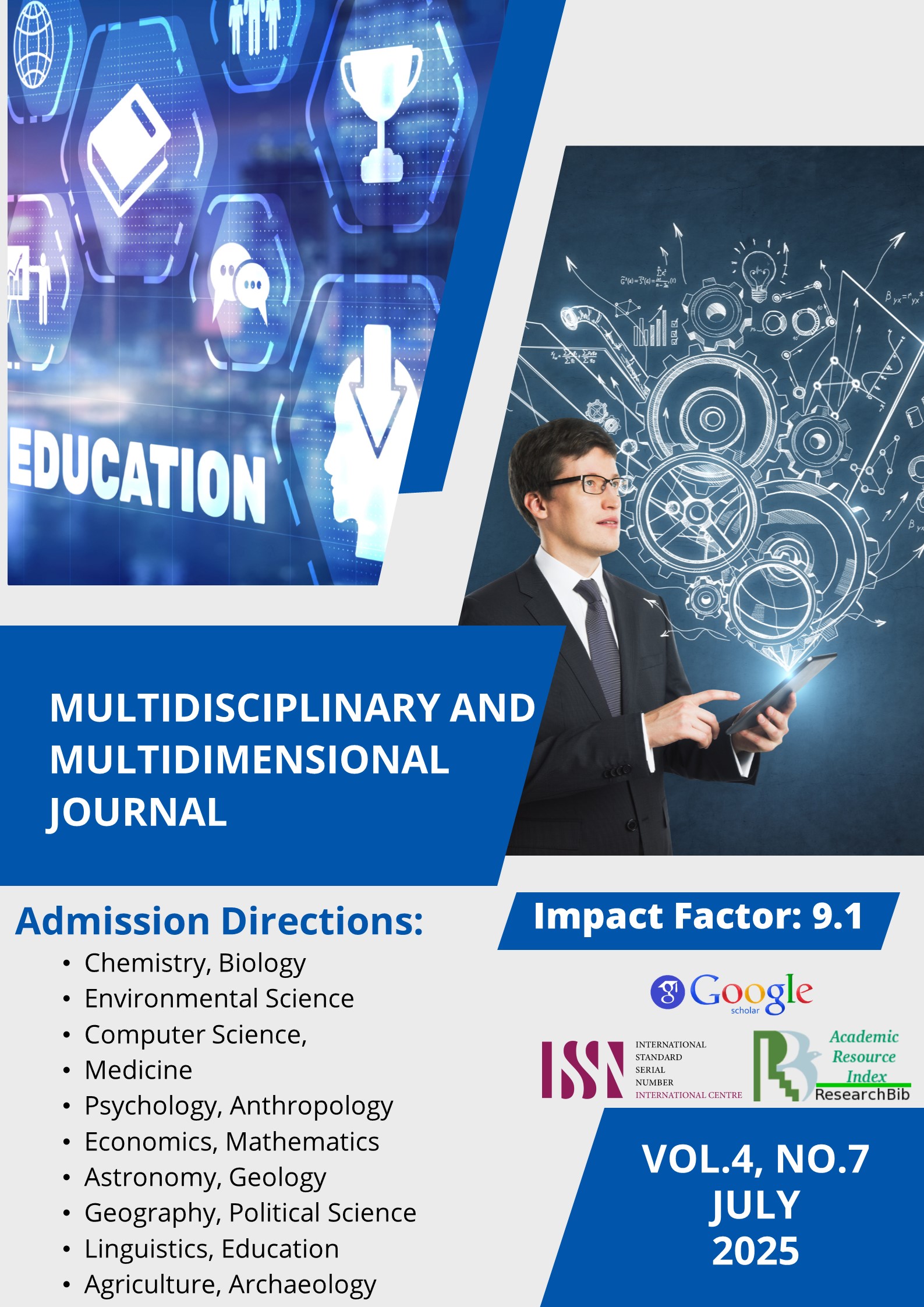SCULPTURAL TRADITIONS DURING THE ERA OF AMIR TEMUR AND THEIR MODERN INTERPRETATION
Keywords:
Amir Temur, sculpture, Timurid era, historical tradition, contemporary art,, national identityAbstract
This article analyzes the sculptural art traditions formed during the era of Amir Temur, their formal and semantic characteristics, and their interpretation in modern Uzbek sculpture. Based on historical monuments and sources, the study explores the artistic perspectives, compositional structures, and symbolic meanings of the Timurid period. It also examines how Amir Temur's personality is represented in sculpture during the national revival.
References
Babur, Z. - Temuriylar san’ati tarixi. – Toshkent: Fan. (2002).
Nazarov, Sh. - O‘zbek monumental haykaltaroshligi: tarix va zamonaviylik. San’atshunoslik jurnali,3 - son. (2020).
Gulyamov, Ya. G. - Urbanization and architecture of the Timurid period. – Moscow. (1963).
Jabborov, I. - Amir Temur obrazi o‘zbek haykaltaroshlik san’atida. – San’at, 2 – son. (2023).
Axtam, R., & Xolboyev, O. (2023, December). O ‘ZBEK XALQ AMALIY BEZAK SAN'ATINI O ‘TMISHI VA BUGUNGI TARAQQIYOTIGA BIR NAZAR. In INTERNATIONAL SCIENTIFIC AND PRACTICAL CONFERENCE on the topic:“Priority areas for ensuring the continuity of fine art education: problems and solutions” (Vol. 1, No. 01).











